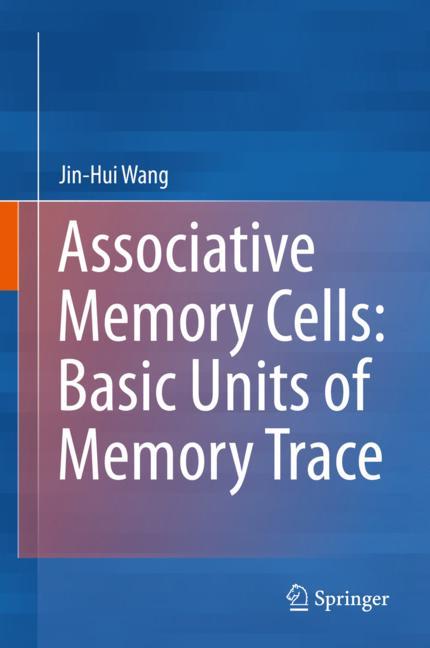مشاهده سبد خرید “Anxiety & Depression Workbook For Dummies 2022” به سبد خرید شما اضافه شد.
Associative Memory Cells: Basic Units of Memory Trace 2019
دانلود کتاب پزشکی سلول های حافظه انجمنی: واحدهای اساسی ردیابی حافظه
دسته: پزشکی, تحقیق, علوم اعصاب, عمومی
ناشر:
Springer Singapore
| نویسنده |
Jin-Hui Wang |
|---|
| تعداد صفحهها |
275 |
|---|---|
| نوع فایل |
|
| حجم |
4 Mb |
| سال انتشار |
2019 |
89,000 تومان
دانلود ۳۰.۰۰۰ کتاب پزشکی فقط با قیمت یک کتاب و ۹۹ هزار تومان !
توضیحات
این کتاب بر روی سلول های حافظه انجمنی و اصول کار آنها تمرکز دارد که می تواند در حافظه های انجمنی و شناخت مرتبط با حافظه اعمال شود. با ارائه طرحهای جامع، دیدگاههای شخصی نویسنده را در مورد آسیبشناسی و راهبردهای درمانی نقص حافظه در بیماران مبتلا به بیماریهای عصبی و اختلالات روانپزشکی ارائه میکند. یادگیری تداعی یک رویکرد رایج برای به دست آوردن نشانه های مرتبط متعدد، از جمله دانش، تجربیات، و مهارت ها از محیط های طبیعی یا تعامل اجتماعی است. شناسایی مکانیسمهای سلولی و مولکولی زیربنای حافظه انجمنی در ارتقای درک ما از اصول شکلگیری حافظه و رفتارهای مرتبط با حافظه و همچنین در توسعه استراتژیهای درمانی که ظرفیت حافظه را در افراد سالم افزایش میدهد و نقص حافظه را در بیماران مبتلا به بیماریهای عصبی بهبود میبخشد، مهم است. و اختلالات روانی اگرچه یک سری فرضیه در مورد بسترهای عصبی حافظه انجمنی ارائه شده است، اما هنوز باید به سؤالات زیادی پرداخته شود، به ویژه واحدهای اساسی و اصل عمل آنها در گراماها و مدارها برای حالت های مختلف حافظه. این کتاب پیشرفتهای مربوط به سلولهای حافظه انجمنی گزارششده در ادبیات فعلی و قبلی را خلاصه میکند و یک نمای کلی ارزشمند از این زمینه را برای دانشمندان علوم اعصاب، روانشناسان و دانشجویان ارائه میکند.
توضیحات(انگلیسی)
This book focuses on associative memory cells and their working principles, which can be applied to associative memories and memory-relevant cognitions. Providing comprehensive diagrams, it presents the author's personal perspectives on pathology and therapeutic strategies for memory deficits in patients suffering from neurological diseases and psychiatric disorders. Associative learning is a common approach to acquire multiple associated signals, including knowledge, experiences and skills from natural environments or social interaction. The identification of the cellular and molecular mechanisms underlying associative memory is important in furthering our understanding of the principles of memory formation and memory-relevant behaviors as well as in developing therapeutic strategies that enhance memory capacity in healthy individuals and improve memory deficit in patients suffering from neurological disease and psychiatric disorders. Although a series of hypotheses about neural substrates for associative memory has been proposed, numerous questions still need to be addressed, especially the basic units and their working principle in engrams and circuits specific for various memory patterns. This book summarizes the developments concerning associative memory cells reported in current and past literature, providing a valuable overview of the field for neuroscientists, psychologists and students.




